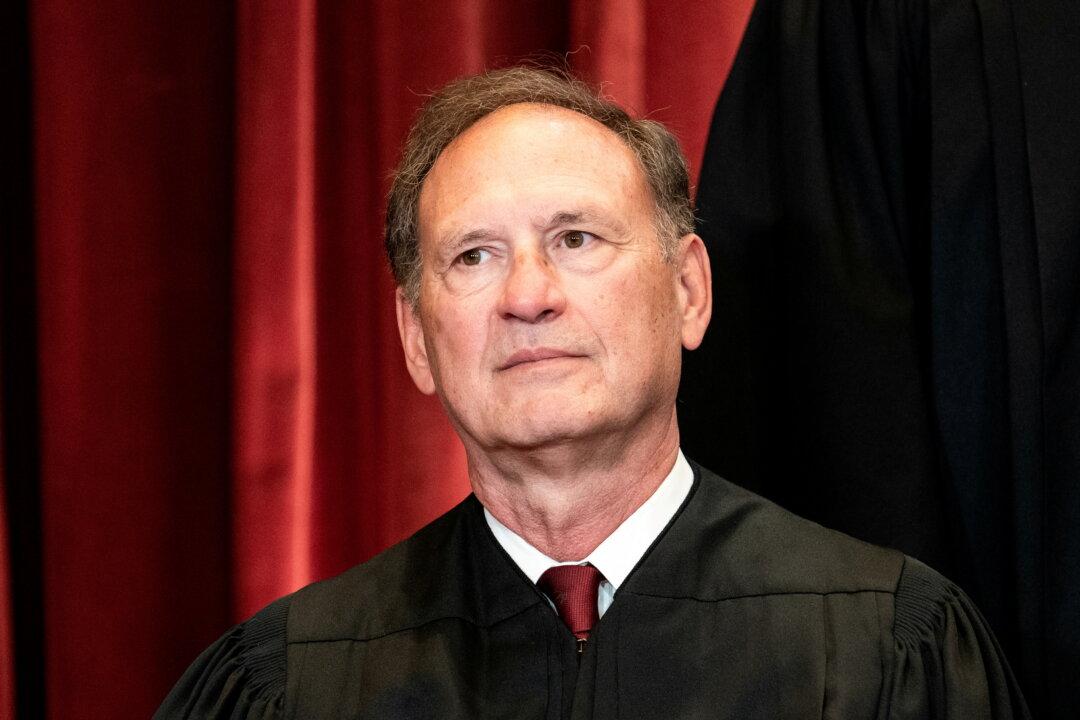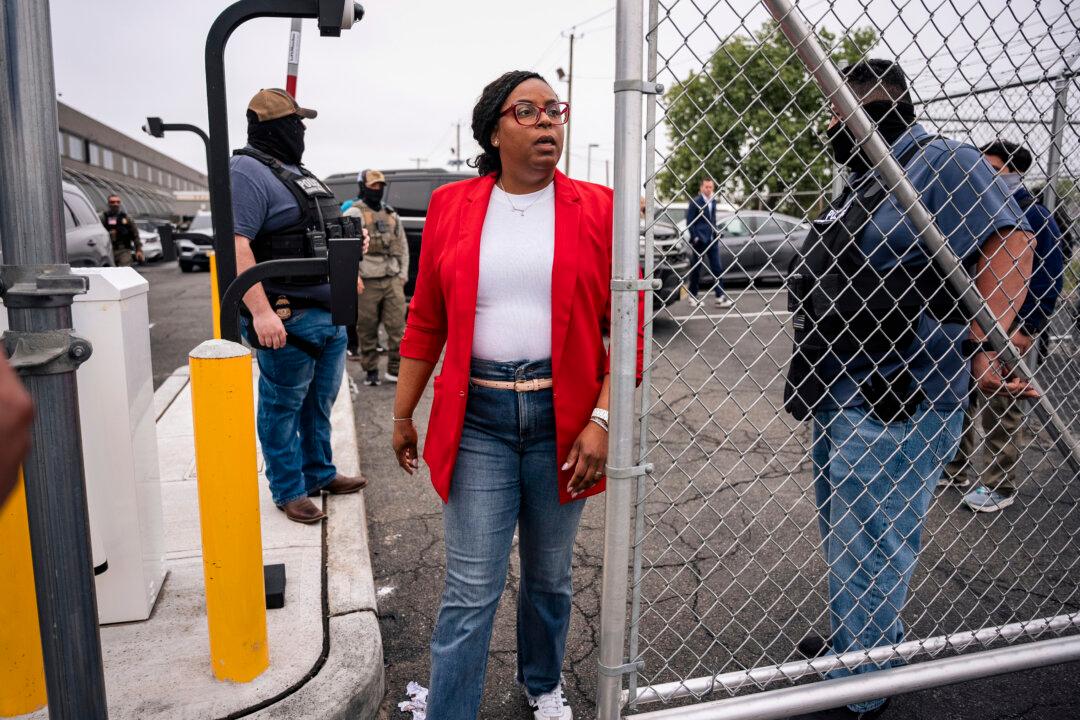A photographer who claims her intellectual property rights were violated by Andy Warhol’s eponymous foundation when it published multiple stylized prints he made based on her photo of the iconic musician Prince urged the Supreme Court on Oct. 12 to make the foundation pay up.
Warhol, a painter, print-maker, and multimedia artist, died in 1987 at age 58. Prince, who was born Prince Rogers Nelson, died in 2016 at 57.





